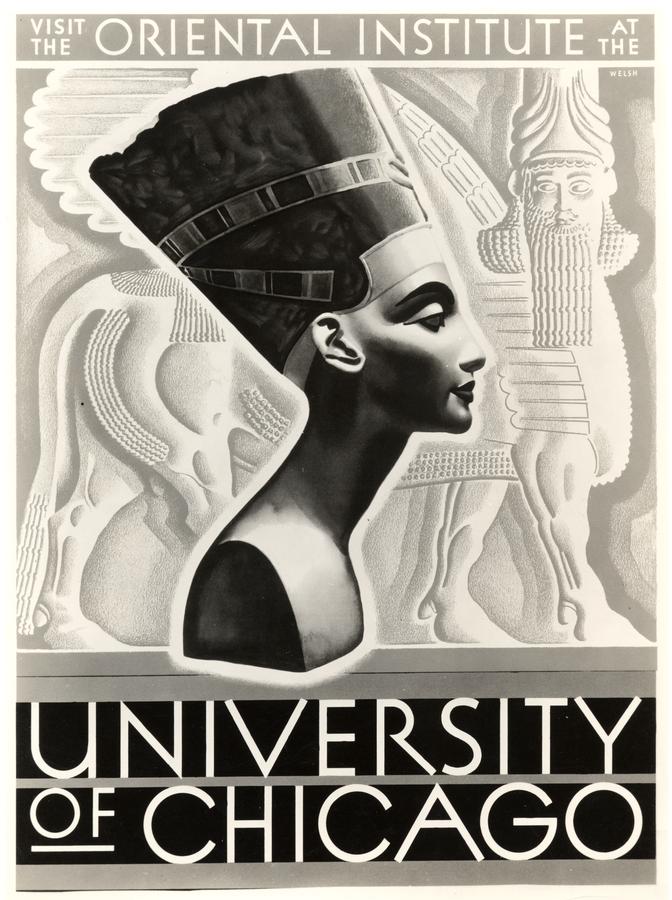One cannot study prehistoric archaeology without encountering the name Robert J. Braidwood. An innovator of archaeological method and inquiry, Braidwood pioneered new ways of investigating the prehistoric past. He found an interest in that unique period of human history that marks a transition from hunting and gathering into food production through agriculture (Redman 1978; Harms 2003; Zeder, et al 2006).
Braidwood began his career in archaeology in the 1930s when he signed on for field work near Baghdad and soon began working with James Henry Breasted, founder of the Oriental Institute of the University of Chicago where Braidwood would finally become Professor Emeritus (Harms 2003). Soon after World War II, Braidwood began to set new standards in archaeological methods for discovering the past in and around the “hilly flanks of the fertile crescent,” region of Mesopotamia and the Levant east of the Zagros mountains where there are slopping hills and fertile plains (Braidwood and Howe 1960; Braidwood et al 1983). It was here that Braidwood and his colleagues established a multidisciplinary approach to investigating the past, employing the use of scientists and researchers from cross-disciplines to examine floral and faunal remains as well as geology and culture history (Braidwood and Howe 1960; Braidwood et al 1983; Watson 2003)...
Friday, February 26, 2010
"Robert J. Braidwood: More Than Just One Man"
A Hot Cup of Joe has a nice little piece on Bob Braidwood:

Subscribe to:
Post Comments (Atom)





 Stumble It!
Stumble It!


No comments:
Post a Comment